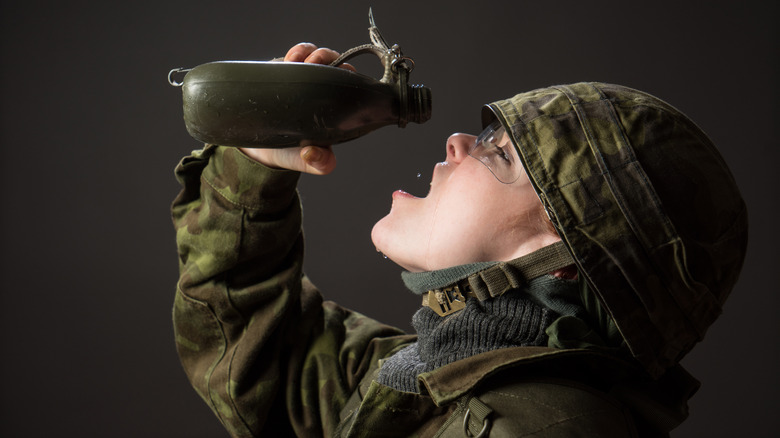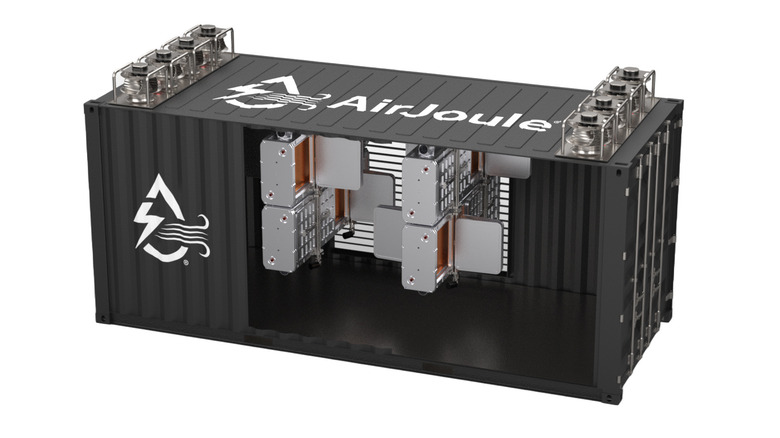The Army Is Developing A New System To Collect Drinking Water From Thin Air
When the United States military deploys in support of combat operations, one thing that's vitally important is water. Every service member requires several liters of water each day, and it must be safe to drink. Since the military rarely deploys to places where potable water (suitable for drinking) is abundant, this presents a logistical challenge. How do you provide hundreds of thousands of gallons of clean water to personnel in austere locations? Previously, you either ship it there continuously, purify existing non-potable sources, or find a source in the area to exploit. Or you could just create it out of thin air.
AirJoule Technologies Corporation, in partnership with the U.S. Army Engineer Research and Development Center (ERDC), is doing just that by using waste heat to draw atmospheric water from the air. Dehumidification isn't a new technology, but current solutions aren't robust or compact enough to work for the ruggedized needs of military operations. The collaboration is meant to integrate AirJoule's existing technology with ERDC's tactical generator waste heat recovery systems. Once combined, soldiers could theoretically tap the air for clean, safe drinking water.
AirJoule's groundbreaking dehumidification technology
AirJoule doesn't come into this new research agreement empty-handed, as the company already has proprietary technology that enticed the Army. AirJoule dehumidifies the air to produce PFAS-free distilled water. The system draws in air through sorbent-coated contactors (similar to silica gels), capturing water vapor. Once this happens and the system is filled with water, it enters a vacuum where waste heat is added to improve desorption, releasing water vapor. This then condenses into liquid water via the vacuum condenser. Both capture and release cycles happen at the same time for streamlined water capture.
The company's current commercial product is the A1000, which can produce up to 3,000 liters per day (793 gallons) in operational environments of between 41 and 122 degrees Fahrenheit using very little energy. The system weighs 11,000 pounds, so it's not suitable for all types of military operations. Still, it's perfectly suited for forward operating bases (FOBs), naval vessels, or fixed sites. That said, the Army is interested in something more durable.
Ideally, the combined research project will produce something smaller and more ruggedized that can be used in conjunction with the generators used by the military. They would provide the necessary waste heat, which would facilitate the water capture process from the air. Given the technology as it exists today, we're a long way off from something backpack-sized that troops can carry into the field. Still, by efficiently pulling potable water from the air at FOBs and other locations, the U.S. Army could drastically decrease costs and improve energy efficiency while providing water across its areas of responsibility.

